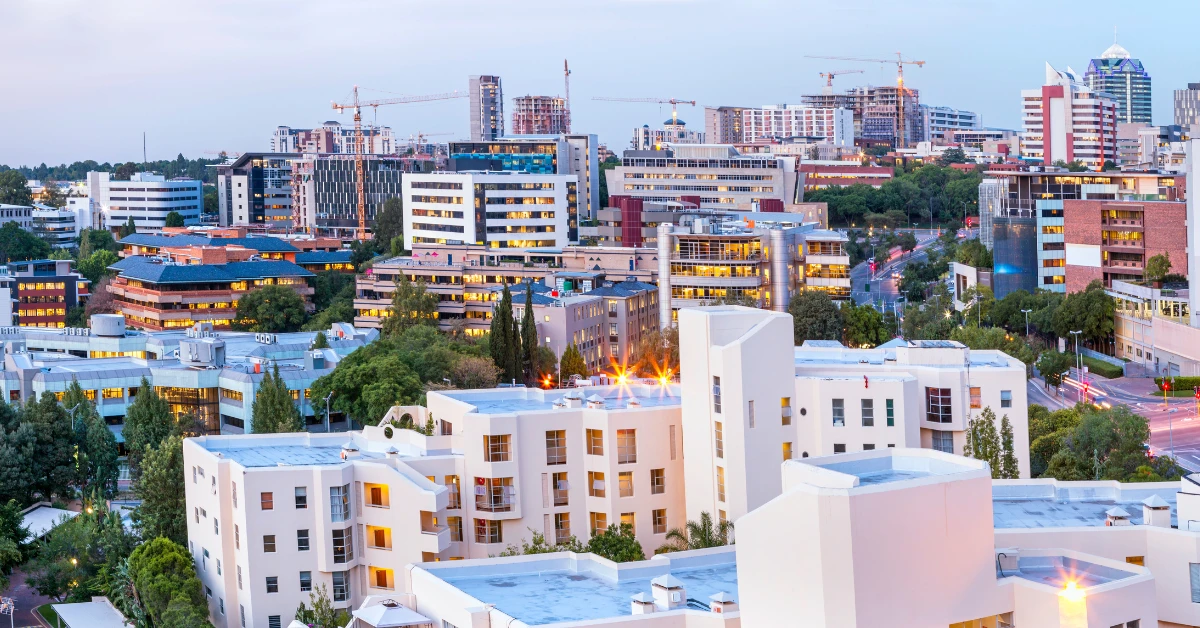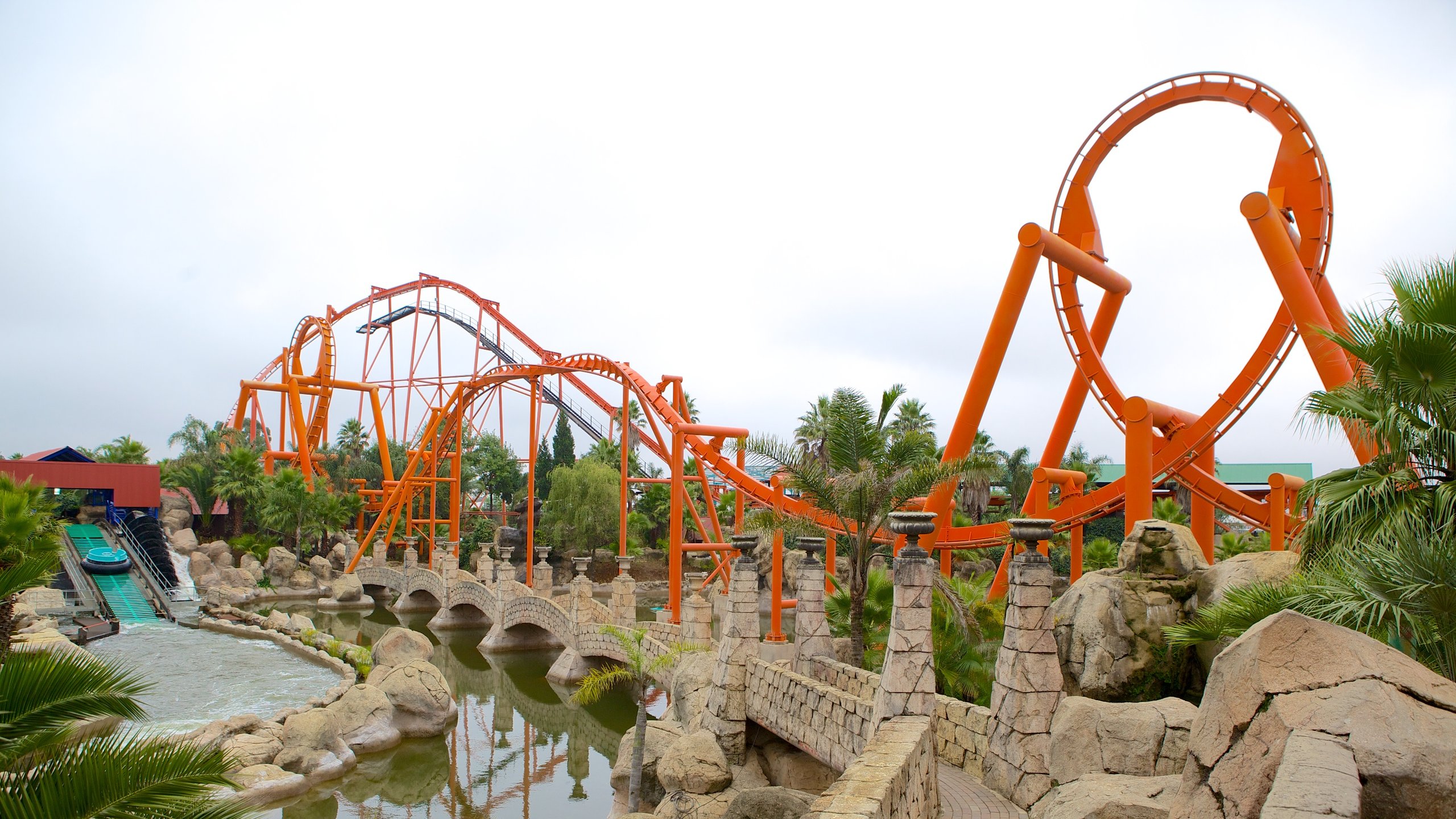Some Known Questions About Johannesburg North Attractions.
Some Known Questions About Johannesburg North Attractions.
Blog Article
Johannesburg North Attractions Fundamentals Explained
Table of ContentsAll about Johannesburg North AttractionsUnknown Facts About Johannesburg North AttractionsThe 8-Second Trick For Johannesburg North AttractionsThe Main Principles Of Johannesburg North Attractions Johannesburg North Attractions Things To Know Before You BuyHow Johannesburg North Attractions can Save You Time, Stress, and Money.
The city grew on the edge of the Witwatersrand Key Coral reef, a subterranean stratum of gold-bearing quartz-silica empire that arcs for hundreds of miles below the Highveld - Johannesburg North attractions. Many of the gold mines in the city stopped operation in the 1970s, yet in its day the Witwatersrand gold market accounted for more than 40 percent of the globe's yearly gold manufacturing.Johannesburg has a warm climate. Summer temperatures average concerning 75 F (24 C); winter season temperature levels average about 55 F (13 C) and only sometimes dip below freezing. The city appreciates about 8 hours of sunshine daily in both wintertime and summer. Rain standards regarding 28 inches (700 millimetres) per year, yet the complete varies substantially from year to year.
What rain the city receives falls nearly exclusively in the summertime months, usually in magnificent late-afternoon electric storms., where several residents still rely on coal for fuel.

Johannesburg North Attractions - Questions
The equilibrium of the city is occupied by whites. Holiday accommodation varies in character and quality.
Physical growth, although somewhat limited by transportation, continued promptly as migration to South Africa, and Johannesburg in certain, enhanced drastically. This trouble was resolved in the 1930s when the car was presented in mass production to South Africa. Automobiles were, generally, restricted to the rich, and permitted them to transfer to the north of the city and commute into the centre.
Most poor suburban areas were mixed, with inadequate blacks and whites living with each other, although the rich residential areas were normally scheduled for whites.
The previous system of eleven numbered areas was reorganised in 2006. Marshalltown, as seen from the top of the Carlton Centre. The M1 and M2 run behind the buildings, and the southern suburbs extend past the highway border. The central city of Johannesburg lies within the city's Region F. The approximated population of the area is 200,000, imp source [] The number of people living in the inner city on a casual basis is unknown, as numerous are prohibited immigrants. Many higher-income homeowners and white individuals have moved to the north suburbs and have actually been replaced by lower-income black individuals. The joblessness, education and learning, and age accounts of the area are all unknown, as a result of the trouble of obtaining dependable information concerning the location.
Johannesburg North Attractions Things To Know Before You Get This
Yeoville and Bellevue have a mix of apartment and solitary household systems on little whole lots. The area is located on a mountainous divide that runs from east to west. One of the most conspicuous geographical feature is Observatory Ridge, which is named for the large observatory located on it. The entertainment areas are no longer used, as a result of security troubles.

The Greatest Guide To Johannesburg North Attractions
R. Tambo International Airport Terminal). The eastern suburbs are some of the earliest areas of Johannesburg, there are big areas of Jewish and various other European backgrounds, most of the population is English speaking. There are 3 fairway as well as a number of safeguarded ridges with viewsites. There are a number of strong and up-market home entertainment and shopping locations in the east such as the Eastgate Shopping Center and the Greenstone shopping center.
The area is primarily made up of old "matchbox" houses, or four-room residences developed by the government, that were constructed to supply economical lodging for black workers throughout apartheid. Soweto is an acronym, standing for "South Western Townships". Road after street in this field is lined with matchboxes; however, there are a couple of smaller locations where prosperous Sowetans have built homes that are extra similar in stature with those in more affluent suburban areas.
Hostels are an additional famous physical feature of Soweto. Originally constructed to house male migrant workers, lots of have been enhanced as houses for couples and households. The N1 Western Bypass skirts the eastern border of Soweto. The suburb was not historically enabled to develop employment my company centres within the area, so nearly all of its citizens are travelers to various other parts of the city.
Johannesburg North Attractions Can Be Fun For Everyone
The N1 Western Bypass attaches the north suburban areas with the north-western suburban areas. The houses in the north residential areas are generally official, with no significant locations of casual housing, link or real estate that lacks a long-term structure. This is a recognized area, there is a fad of land use change from property to industrial, specifically along major arterial roads and around well-known nodes.
Roads to the eastern and west are much less well created, as there are no highways taking a trip in that direction. Towards the northern border of the city, the thickness of development lowers, leaving big locations of untaught land around Midrand.
Johannesburg North Attractions Things To Know Before You Buy
The initial suburban area to the north of the central city is Parktown, which is located on a hill forgeting the central city and Hillbrow. It has many rich locals and Edwardian-design estates, in addition to the Education and Medical campuses of the University of the Witwatersrand. The large concrete Charlotte Maxeke Johannesburg Academic Healthcare Facility controls the sky line of Parktown.
Report this page